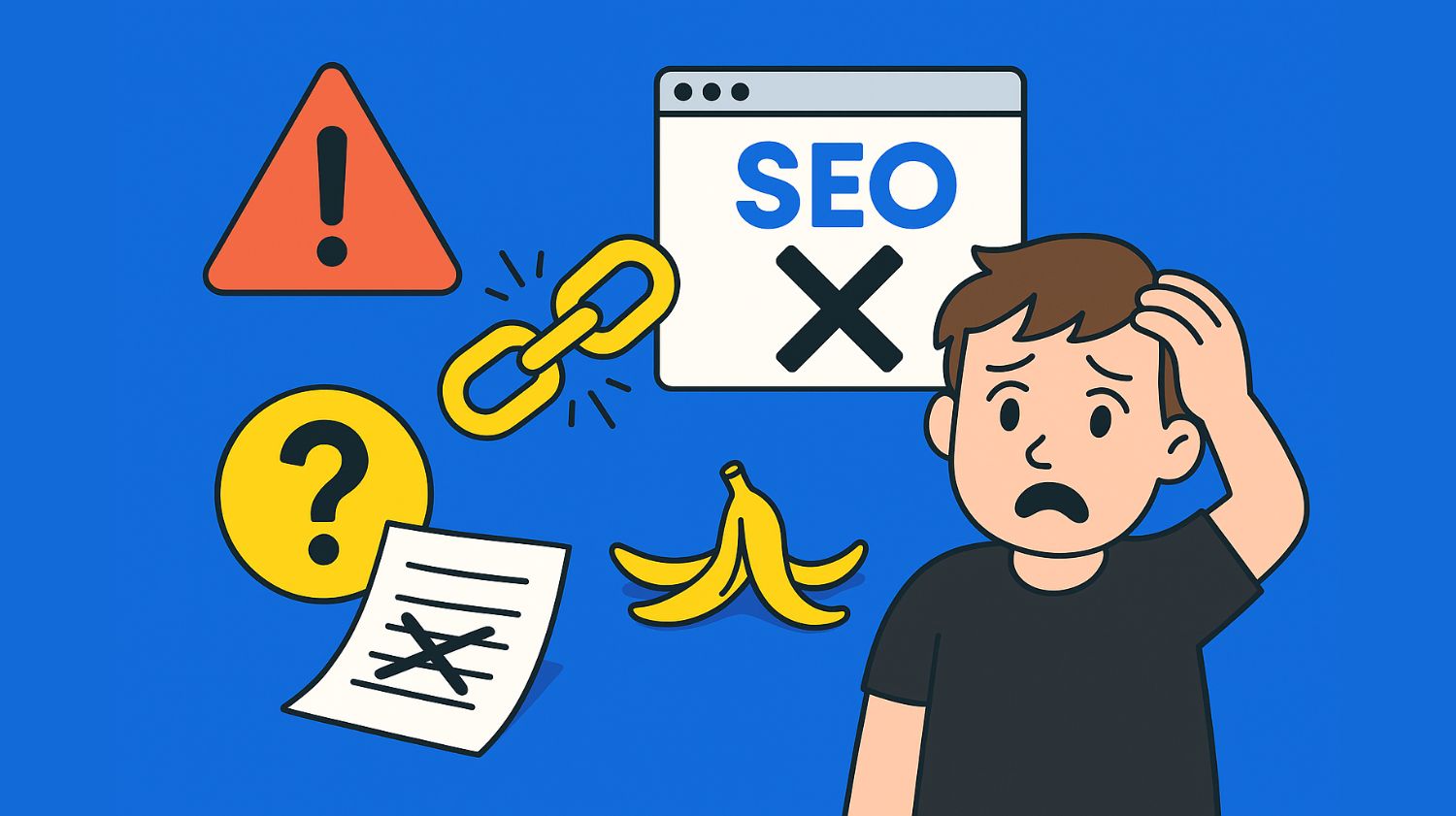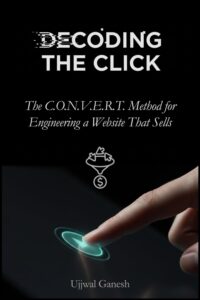You’ve probably seen it before:
A sleek homepage.
A fancy slider.
A blog no one reads.
But no results.
And here’s the brutal truth—most websites aren’t failing because of bad design. They’re failing because they were built without a map.
No clarity. No direction. No purpose.
A website without a defined goal is a glorified business card. Worse, it can become a liability—burning money and credibility while delivering nothing in return.
So let’s cut through the fluff.
Why Most Websites Drift Aimlessly
Many businesses build websites because it’s “what you’re supposed to do.” Not because they know what that site is supposed to do for them.
No goals.
No strategy.
Just a placeholder.
And it shows.
Visitors land on the homepage and ask: “What now?” That moment of confusion? It’s where you lose them.
This is what happens when the focus is on aesthetics instead of outcomes.
Purpose Is the Difference Between a Website and a Growth Engine
Want a site that actually delivers? It starts with defining what success looks like.
Not “we want more traffic.”
Not “we want it to look professional.”
But: “we want to increase qualified leads by 25% in the next 90 days.” That’s a goal.
Use SMART: Specific, Measurable, Achievable, Relevant, Time-bound.
Or use CLEAR: Collaborative, Limited, Emotional, Appreciable, Refinable.
Both work. But pick one. Build from it.
A site without a goal is like opening a store without knowing what you’re selling. And hoping someone walks in and figures it out for you.
The Hidden Cost of Wandering
In 2025, 90% of websites are projected to fail because they can’t keep up with SEO shifts, UX standards, or user expectations.
Translation: sites without strategy are bleeding money, losing visibility, and feeding traffic to competitors.
Your site might look great. But if no one knows what to do when they get there, you’re just giving away opportunities.
That’s expensive. And it compounds over time.
What Strategic Clarity Actually Looks Like
A clear website goal:
- Aligns with business objectives
- Drives every design and content decision
- Defines success before launch
Strategic websites convert.
Unstrategic ones confuse.
And the numbers don’t lie:
- Indochino grew conversion rates by 17.4% using editorial-style landing pages targeted at clear conversion goals.
- Flos USA increased checkout conversions by 125% through focused UX updates.
You don’t need a new site.
You need a smarter one.
Your Website’s North Star
When your site has a clear mission, everything changes.
Copy becomes clearer.
Design becomes purposeful.
Traffic becomes leads.
Users become customers.
It doesn’t just look good. It works.
Strategic clarity turns a website into your hardest-working team member—24/7, scalable, and ROI-focused.
Ready to stop wandering?
Set the destination.
Then build everything else around it.













